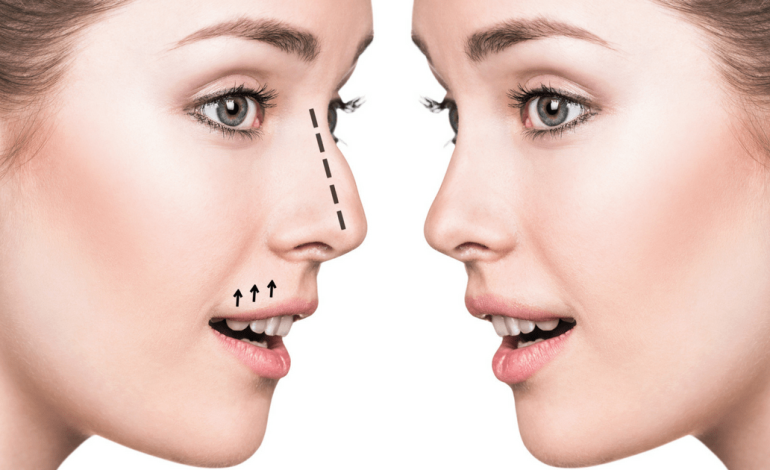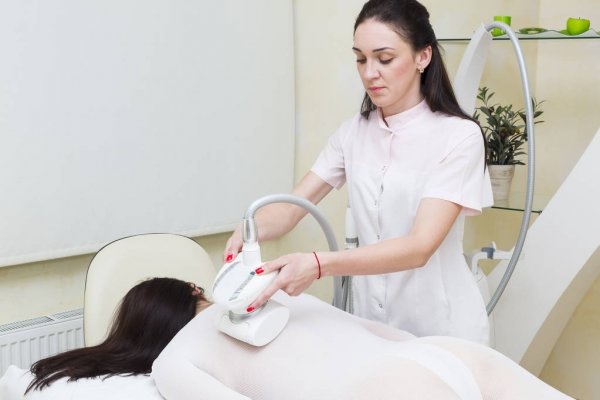
You’ve made the empowering decision to undergo rhinoplasty, a journey that promises to enhance your appearance and confidence. As you embark on this transformative path, understanding the importance of post-surgery care is crucial.
The steps you take after the procedure are pivotal in ensuring your new look stands the test of time. Let’s delve into how you can maintain your rhinoplasty Turkey results and cherish this positive change for years.
Whether it’s adjusting the size, altering the shape, or correcting functional issues, rhinoplasty is as much an art as a science. There are various approaches, including open and closed rhinoplasty, each tailored to meet individual needs and aesthetic goals.
The first 24 hours post-surgery are critical. You might experience discomfort, but don’t worry; it’s part of the healing process. Managing pain with prescribed medications, resting in an elevated position, and following your surgeon’s specific instructions are key. Remember, these initial steps are foundational for a smooth recovery journey.
Healing Process: The First Week
During the first week, noticing swelling and bruising around your eyes and nose is normal. Applying cold compresses can work wonders in reducing swelling. Stick to soft, easily digestible foods to keep your strength up without straining your body. And, of course, stay hydrated to aid the healing process.
Follow-up visits and Removing Bandages
Your follow-up visits are your milestones. These appointments allow your surgeon to monitor your progress and ensure everything is healing as expected. Removing bandages is a significant step, revealing the initial glimpse of your new nose. Handle this moment with care, and follow your surgeon’s guidance closely.
Managing Expectations and Patience
Patience is your best friend during this time. Healing is not instantaneous, and your nose’s final shape will gradually emerge as swelling subsides over the months. Managing your emotional well-being is crucial, as the transformation can be overwhelming. Keep in close contact with your surgeon to address any concerns that arise.
Long-Term Care Strategies
Ensuring lasting results goes beyond the immediate postoperative period. Incorporating lifestyle adjustments, such as protecting your nose from direct sun exposure and maintaining a healthy diet, plays a vital role. Being mindful of these long-term strategies will help preserve the beautiful results of your rhinoplasty.
Nutrition and Hydration
Regarding diet, focus on foods rich in vitamins and minerals to support your body’s healing mechanism. Avoid foods high in sodium, as they can exacerbate swelling. Staying well-hydrated is equally important, as water helps flush out toxins and reduces swelling.
Physical Activity and Exercise
While staying active is good, it’s essential to ease back into your exercise routine. Avoid strenuous activities or any exercise that puts pressure on your face for the initial weeks. Your surgeon will provide specific guidelines on when and how you can safely reintroduce physical activities.
Protecting Your Nose
Your new nose needs protection, especially from accidental bumps or injuries. Be mindful of your surroundings and consider wearing protective gear if you’re engaged in activities that might pose a risk. If you wear glasses, seek advice from your surgeon on how best to manage this without putting pressure on your nose.
Sun Exposure and Skin Care
Your nose will be sensitive to sunlight post-surgery, making sun protection more important. Use a broad-spectrum sunscreen and consider wearing hats when outdoors. Gentle skin care products can help soothe and nourish your skin without irritating it.
Smoking, Alcohol, and Medications
Smoking and alcohol can impair your healing process, so it’s advisable to avoid them. Certain medications and supplements can also affect recovery. Always consult with your surgeon before taking any new medication or supplement post-surgery.
Dealing with Complications
While complications are rare, being vigilant about signs of infection or unusual symptoms is crucial. Redness, excessive pain, or discharge are signs that warrant immediate communication with your surgeon.
Long-Term Follow-Up
Regular check-ups with your surgeon are not just for addressing concerns but also for ensuring that your nose maintains its desired shape and function. Make these appointments a priority in your schedule.
Revision Rhinoplasty: What if You’re Not Satisfied?
Sometimes, a revision might be necessary to achieve the desired outcome. If you’re considering this, discuss it openly with your surgeon, who can guide you through the options and expectations.
Mental Health and Support
Adjusting to your new appearance can be an emotional rollercoaster. Seeking support through friends, family, or professional counseling is okay. Remember, it’s not just your nose that’s healing; your self-image is also evolving.
Testimonials and Real-Life Experiences
Hearing from others who’ve walked this path can be incredibly reassuring. Real-life stories provide insights and tips that can enrich your journey toward maintaining your rhinoplasty results.
Maintaining your rhinoplasty results is a care, patience, and mindfulness journey. Embrace this transformative phase with a positive mindset and an understanding that the steps you take today pave the way for lasting beauty and confidence.




